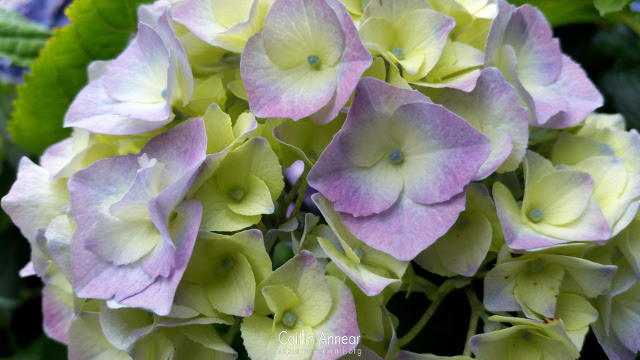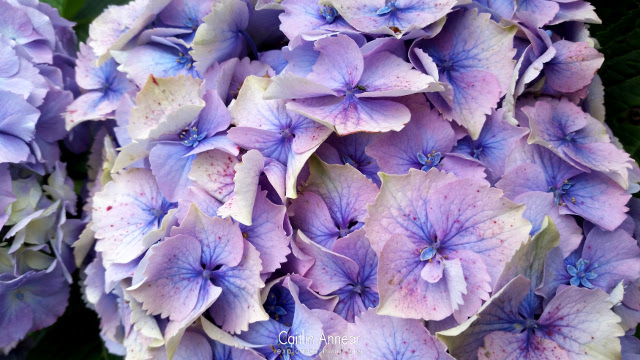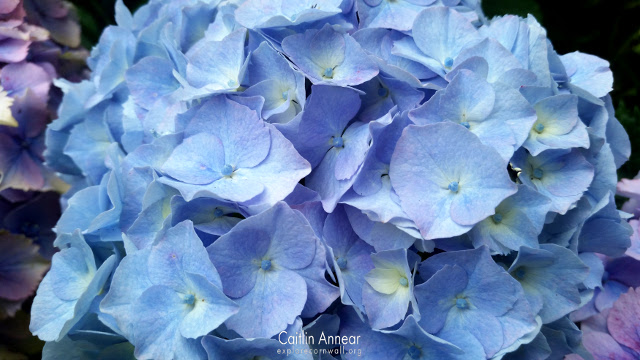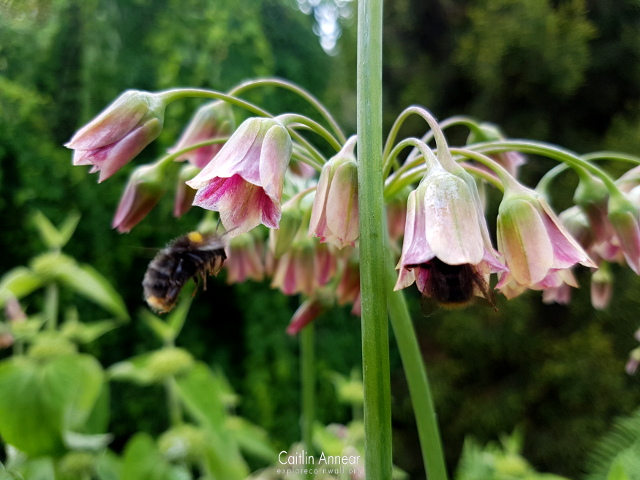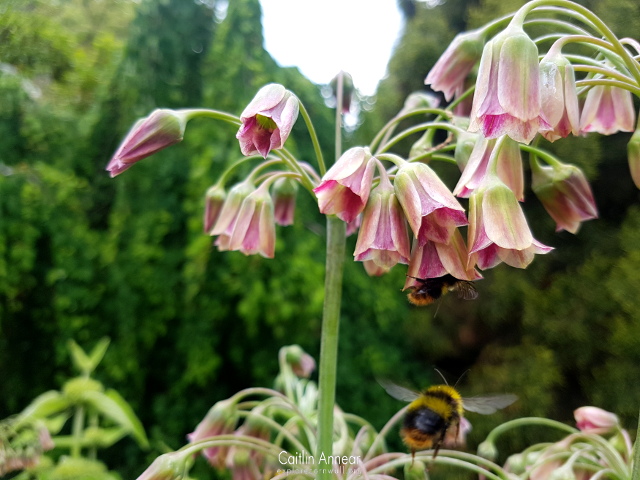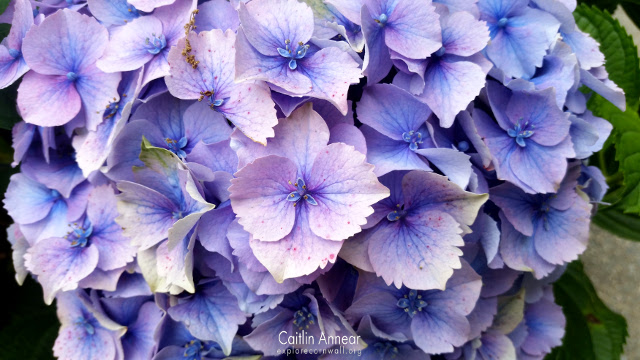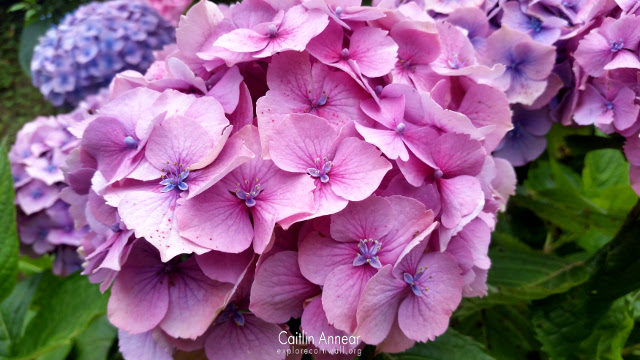Trebah Gardens is by far one of my favourite spots in the county. It’s a beautiful secluded garden perched on the Helford, with the most amazing views.
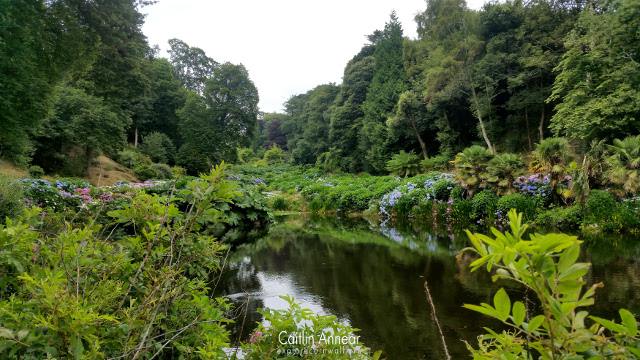
Trebah is famous for the ridiculous number of hydrangea plants, as well as palms, magnolias, camellias and rhododendrons.
The land was first mentioned as part of the Doomsday book in 1085 and passed through several hands between then and 1709 when it was bought by Richard Williams. It stayed in his family until the 1760’s, when John Nicholls who was responsible for the building the main house bought it. In 1803 the house fell to Peter Harris who mortgaged it sometime between 1813-34 selling some of the land to Alfred Fox next door at Glendurgan. The rest of the land was sold to Charles Fox in 1838 who in 1856-7 built a new red brick house next to the original.
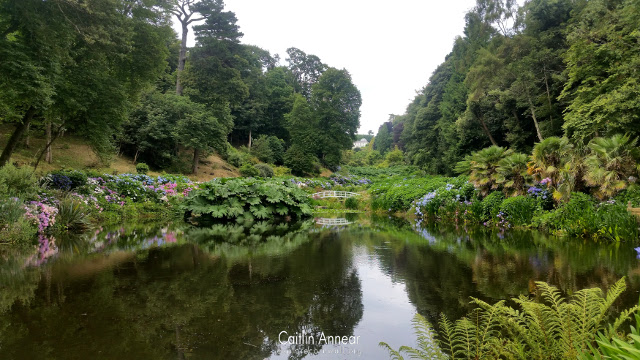
Mr Fox died in 1878 and the house went to Julia Backhouse, Charles’ daughter, and her family who spent a great deal of time developing the gardens; rare trees, conifers, tree ferns and rhododendrons were planted. In 1906, Julia’s husband died and the house soon went to the Hext family who put in two ponds in 1914.
From 1939, the property was bought by Misses MacCraw and Preston. In 1944, the US army requisitioned the land, using it to store ammunition’s and the beach was used by 7,500 men of the 29th Infantry Division on their way to Omaha beach. The land was sold again in 1946 to Hedley Williams, then again in 1947 to Mr and Mrs Martyn; during their ownership the red brick house caught fire and was demolished. Freddie Ford bought the place in 1952. In 1961, the land was sold to Donald Healey, who developed the first Rolls Royce engine prototypes in his shed in the gardens as well as developments for the Jenson-Healey.
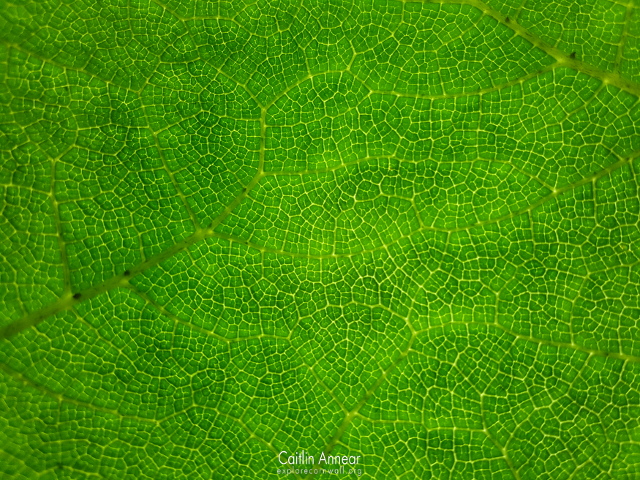
Between 1971 and 1981 the house changed hands another two times before finally being sold to Major Hibbert. His family opened the gardens to the public in 1987 to help raise funds for its upkeep and in 1990 the house, garden and cottages were placed under the Trebah Garden Trust.
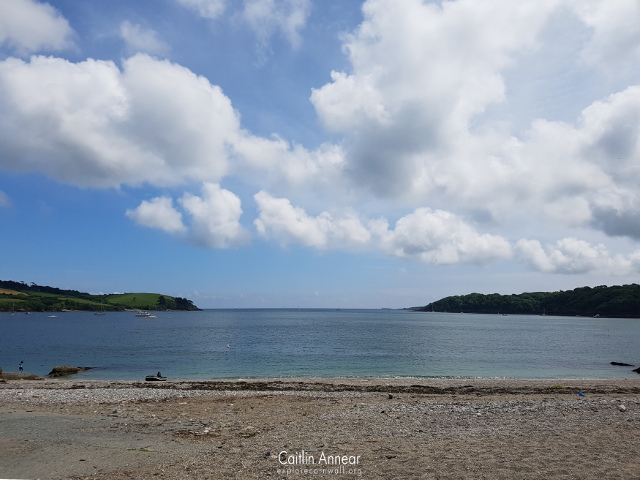
During WWII, the US army concreted most of Polgwidden beach; Mr Healey had the majority of it dug up again, although some still remains.
The garden has 9 UK Champion trees, 10 Country Champions and 19 County Champions. There are 2 acres of Hydrangea macrophylla which bloom during the summer. March and April are the perfect time to come and see all of the rhododendrons in flower.
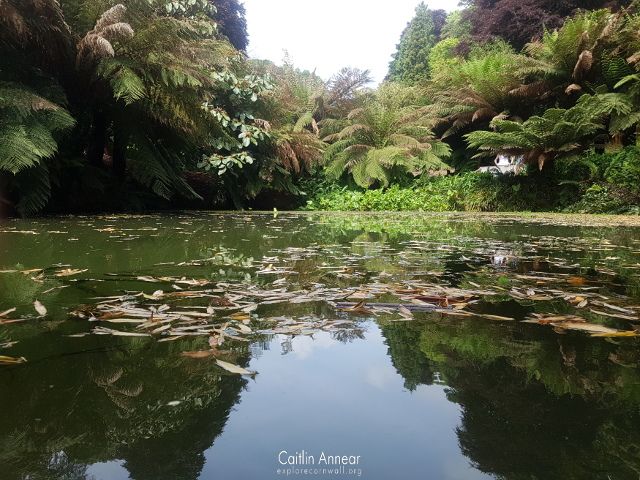
Access is via ticketed entry. The garden has over 4 miles of paths, over 80% of them accessible to disabled visitors. The garden has two motorised buggies that can be booked in advanced. Dogs are welcome on leads.
There is a free carpark on the site.
Gamble, B. (2014) Cornwall’s Great Houses and Gardens. Penzance: Alison Hodge Publishers.
Historic England (2001) Trebah. Available at: https://historicengland.org.uk/listing/the-list/list-entry/1000345 (Accessed: 12 October 2018).
Trebah Garden (no date) In the Beginning. Available at: http://www.trebahgarden.co.uk/assets/file/web history.pdf (Accessed: 12 October 2018).

